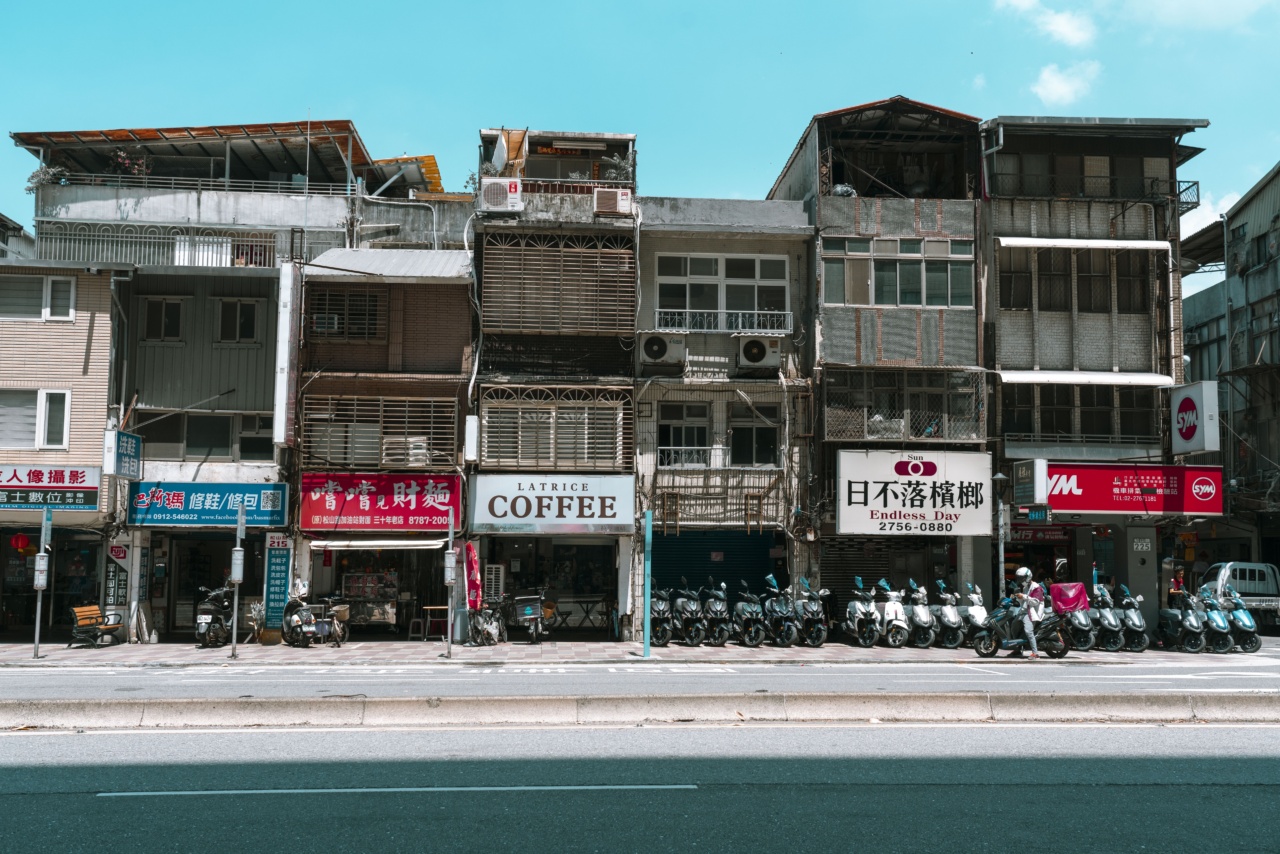Poor circulation, also known as peripheral artery disease (PAD), occurs when the blood flow to certain parts of the body, especially the limbs, is insufficient.
This condition can have severe consequences if left untreated, as it reduces the delivery of oxygen and nutrients to the tissues and cells. While poor circulation can manifest itself in various ways, it is essential to pay attention to the visible signs that indicate potential underlying health issues. Recognizing these signs is crucial for prompt diagnosis and appropriate treatment.
In this article, we will explore ten visible signs of poor circulation that should not be ignored.
1. Cold Extremities
A common sign of poor circulation is persistent coldness in the hands, feet, legs, or arms. When blood flow is compromised, these extremities receive less warmth from the body’s core, making them feel significantly colder.
If you constantly find yourself reaching for extra layers or heating pads to warm up your limbs, it may be an indication of poor circulation.
2. Numbness or Tingling Sensations
Tingling or numbness in certain areas of the body, such as the hands, feet, or even the face, can be a result of poor blood circulation. These sensations occur when nerve signals are disrupted due to reduced blood flow.
If you frequently experience these sensations, it is advisable to consult a healthcare professional to determine the cause and seek appropriate treatment.
3. Swelling and Edema
Another visible sign of poor circulation is swelling or edema in the legs, feet, ankles, or hands. When blood circulation is impaired, fluid can accumulate in the affected areas, leading to discomfort, pain, and visible swelling.
Chronic or unexplained swelling should not be overlooked, as it could potentially indicate an underlying circulatory problem.
4. Skin Discoloration
People with poor circulation often experience changes in skin coloration. The affected area may appear pale, bluish, or even reddish. This discoloration is caused by inadequate blood flow, depriving the skin of oxygen and essential nutrients.
If you notice unusual changes in your skin color, especially in localized areas, it is important to consult a medical professional to rule out any circulatory issues.
5. Slow Wound Healing
Impaired blood circulation can significantly impact the body’s ability to heal wounds. When tissues receive an inadequate supply of oxygen and nutrients, the healing process is delayed, leading to slow wound healing.
If you notice that your wounds are taking longer to heal than normal or are not healing at all, it is essential to address the potential circulatory problem underlying this issue.
6. Hair Loss
Although hair loss can be caused by various factors, including genetics and hormonal imbalances, poor circulation can also contribute to this issue.
Inadequate blood flow to the scalp can weaken hair follicles and impede hair growth, eventually leading to hair loss. If you notice excessive hair shedding or significant thinning, it is advisable to consult a healthcare professional to determine the cause and explore potential treatments.
7. Brittle Nails
Poor circulation can affect the health and appearance of your nails. Insufficient blood flow deprives the nails of essential nutrients, causing them to become brittle, weak, and prone to breakage.
If you notice consistent changes in the strength and texture of your nails, it is worth investigating the possibility of underlying circulatory issues.
8. Muscle Cramps
Frequent muscle cramps, particularly in the legs, can be a sign of poor blood circulation. When muscles do not receive enough oxygen and nutrients, they are more susceptible to spasms and cramps.
If you experience frequent or unexplained muscle cramps, it is advisable to consult a healthcare professional to determine the cause and explore appropriate treatment options.
9. Varicose Veins
Varicose veins are enlarged, twisted veins that often appear on the legs and feet. They are more likely to develop when blood circulation is compromised.
Poor circulation can weaken the vein walls and valves, leading to their dilation and the formation of varicose veins. If you notice the appearance of varicose veins or experience related symptoms such as pain or swelling, it is essential to consult a healthcare professional for evaluation and potential treatment.
10. Slow Nail and Hair Growth
Similar to the impact on nails and hair mentioned earlier, poor circulation can also affect the growth rate of these external features.
Slowed nail and hair growth can be a result of insufficient blood flow to the surrounding tissues, limiting their access to necessary nutrients and hindering the growth process. If you notice a significant change in the rate of your nail and hair growth, it is advisable to seek medical advice to evaluate potential circulatory issues.
In conclusion, poor circulation can have detrimental effects on various parts of the body, and it is essential to pay attention to the visible signs that may indicate underlying circulatory problems.
If you experience any of the mentioned signs, it is crucial to consult a healthcare professional for proper diagnosis and treatment. Early detection and management of poor circulation can help prevent further complications and improve your overall health and well-being.






























